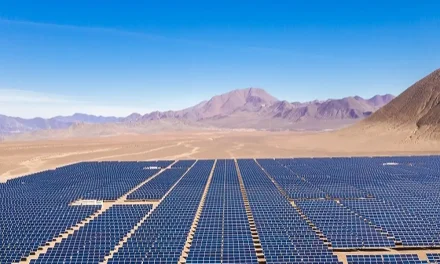- CEA-INES has reported 21.41% active area efficiency for shingled HJT solar module
- They cut the HJT cells in 6 strips that were then assembled without any metal ribbon welded to the cells or gaps between the cells
- When covered with a non-blocking UV encapsulant, the team was able to achieve the result
The research team at French renewable energy technology research institute CEA National Solar Energy Institute (INES) has announced achieving 21.41% active area efficiency for shingled heterojunction (HJT) solar module with non-blocking UV encapsulant.
The team was able to report this result on modules made of M2 sized HJT cells manufactured at the pilot line at CEA-INES with some of these without a non-blocking UV encapsulant.
According to the researchers, these modules have an average power output of 315.64W with a relative standard variation of 0.34%. For their research work, they cut the HJT cells using shingle cell interconnection technology into 6 strips then assembled them without any metal ribbon welded to the cells or gaps between the cells. This helped increase its higher active surface fill.
They found modules with non-blocking UV encapsulant reaching an average front side equal to 322.64 W, gaining over 2% in power and an average efficiency of 21.41% and 20.95% for the others. It added that on the total surface area, the module efficiency came up to 19.5%.
Weighing 19.6 kg, the module has a surface weight of 11.8 kg/m² ‘a gain of about one third compared to a standard module (about 18 kg/m²)’.
Under laboratory conditions, the interconnection technology has exhibited ‘excellent reliability’. It plans to continue testing the mechanical and electrical resistance of these modules outdoors, for a minimum of a year on the CEA site at Cadarache in France.
As per the institute, these results place these modules in the top 5 on the scale of industrial HJT modules of the same density type, globally.
These results are part of the Highlite project under EU funded Horizon 2020 research program.
TaiyangNews brought together various research and industry stakeholders of the Horizon 2020 projects for What’s Hot in European Solar R&D virtual conference in June 2021 where the participants presented an overview on initial results of EU funded Horizon 2020 PV projects. During the event, Romain Soulas of CEA-INES discussed the highlights of another Horizon 2020 project GoPV (see Day 1: TaiyangNews What’s Hot In European Solar R&D).















